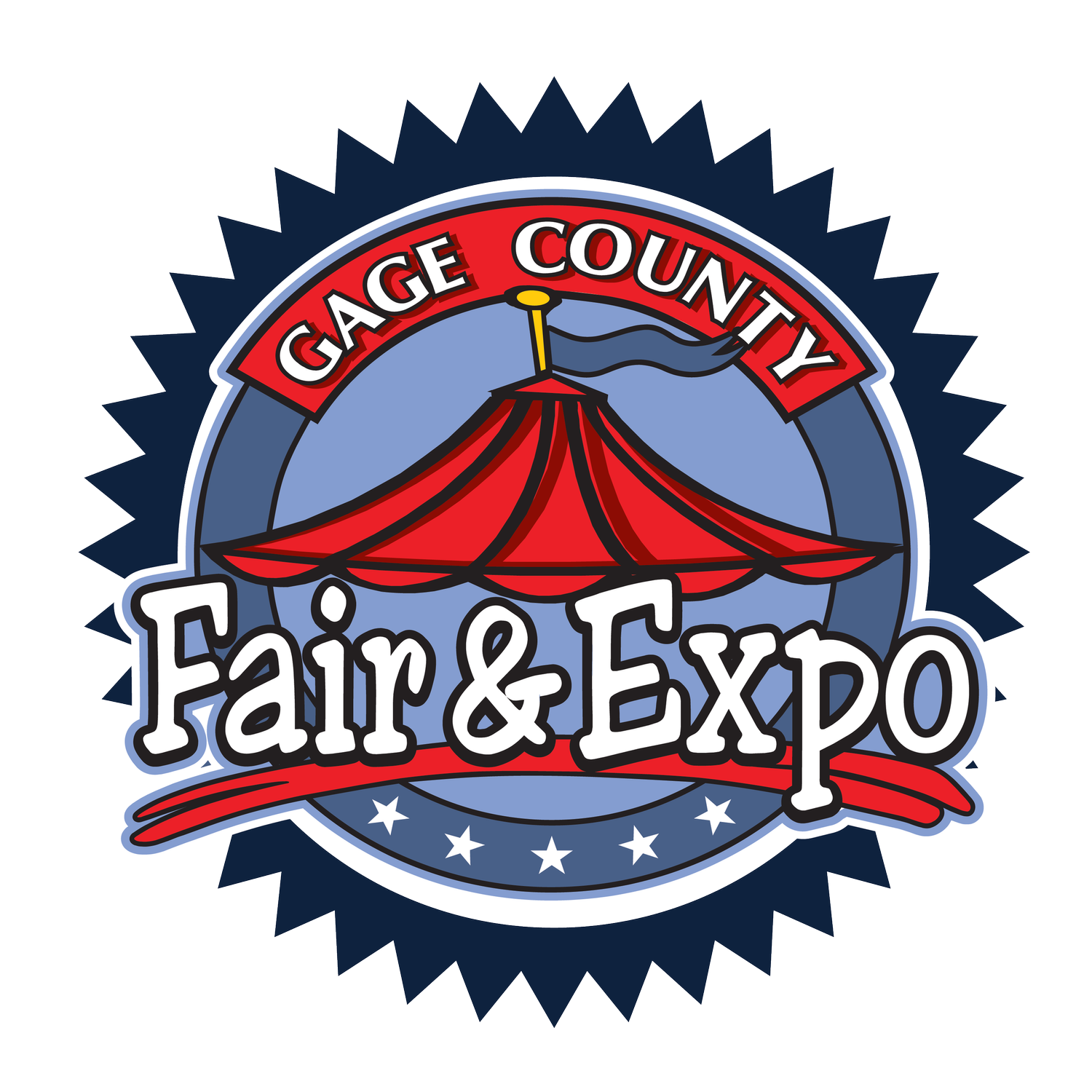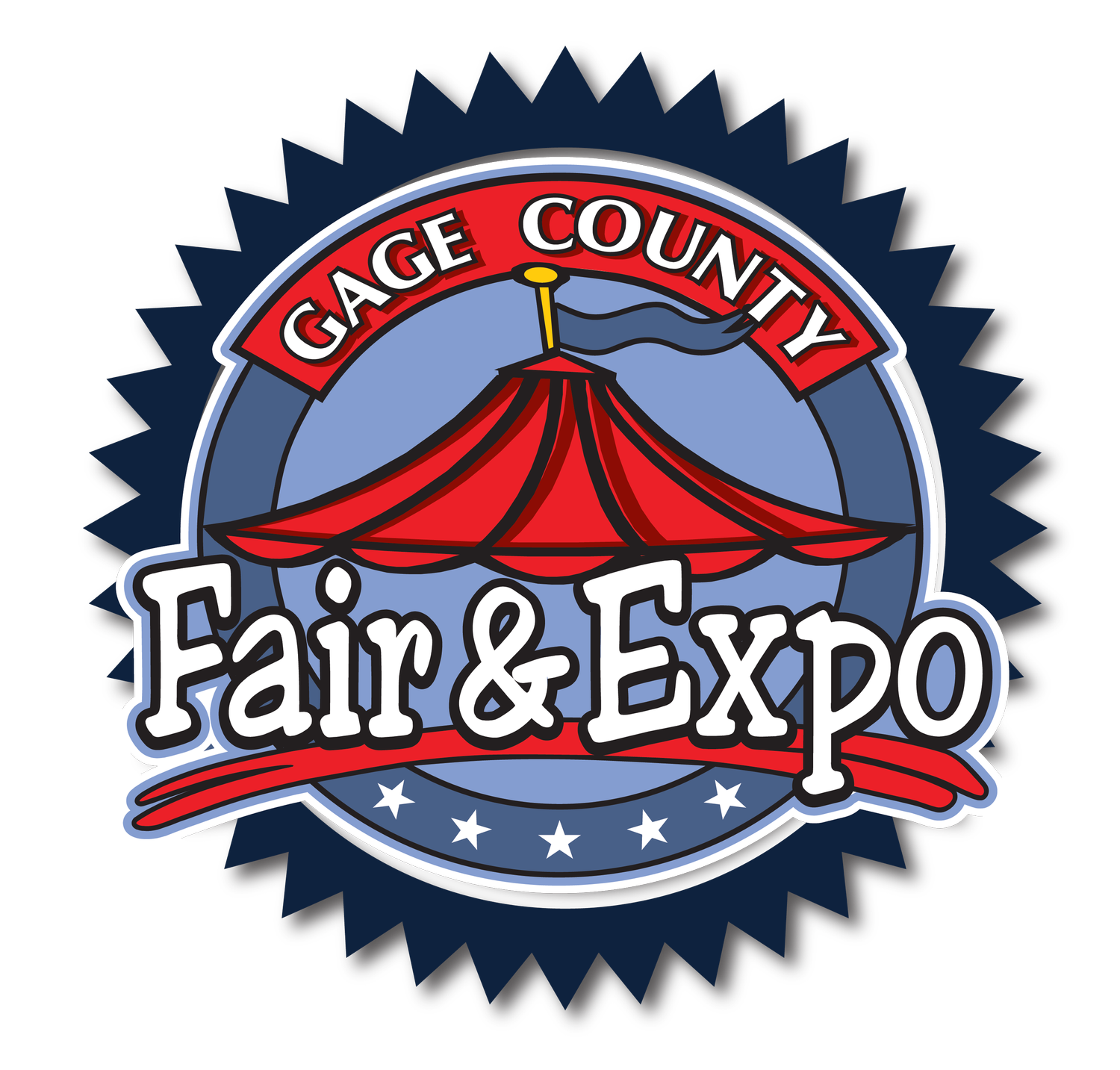What’s a Barn Quilt?
The Gage County Agriculture Society, along with Gage County 4-H clubs, members and families, has one of the first fairgrounds in the state of Nebraska to have a Barn Quilt Trail, honoring both our agricultural and quilt heritage. Follow the trail to discover the beauty and variety of the patterns, each with a tie to our past… and to our future.
History of Barn Quilts
Each one of us probably has a memory associated with a quilt. Perhaps you received one as a gift to commemorate a special occasion, or you slept under one when you visited Grandma.
For hundreds of years, quilts have played an important role in the lives of people and families around the world.
In 2001, an Ohio woman, Donna Sue Groves, wanted to honor her mother, who was a 5th generation quilter and draw attention to an historic tobacco barn on her property. So… she painted a quilt block on the side of the barn… and the Barn Quilt was born!
Before long, people were asking how they could paint one on their barn or granary. From that simple beginning, the idea has grown.
Consisting of wood and paint instead of fabric and thread, barn quilts serve as reminders of our pioneer heritage, our agricultural roots, and at the same time, add beauty, color and folk art to our landscapes.
Today, Barn Quilts can be found in a variety of sizes, and not only on barns. They are found on garages, in flower gardens, parks, along roadsides, and in front yards.
Thanks to the following organizations, businesses and individuals
for development and support of this Barn Quilt Project.
Larry and Kay McKinzie, Beatrice
Don and Bev Ewer, Beatrice
Ann Reimer, Beatrice
Lucas and Mary Gleason, Beatrice
Beatrice High School Auto Cad Class
Austin Goossen, Student
Charles Brockman, Instructor
Kristine Dorn
Sack Lumber, Beatrice
4-H Clubs and Families of Gage County
Women for Racing
Gage County Agriculture Society



